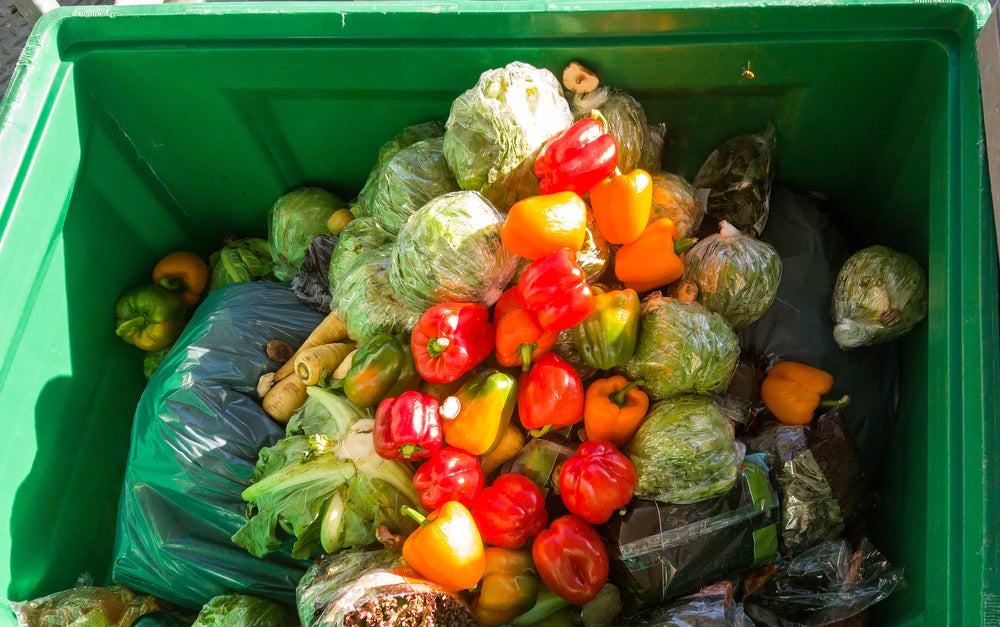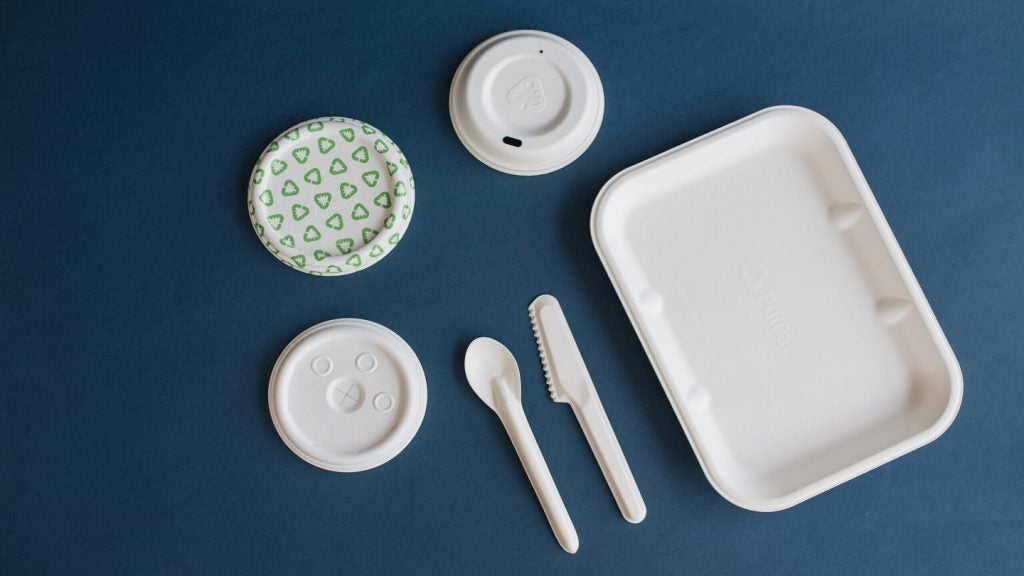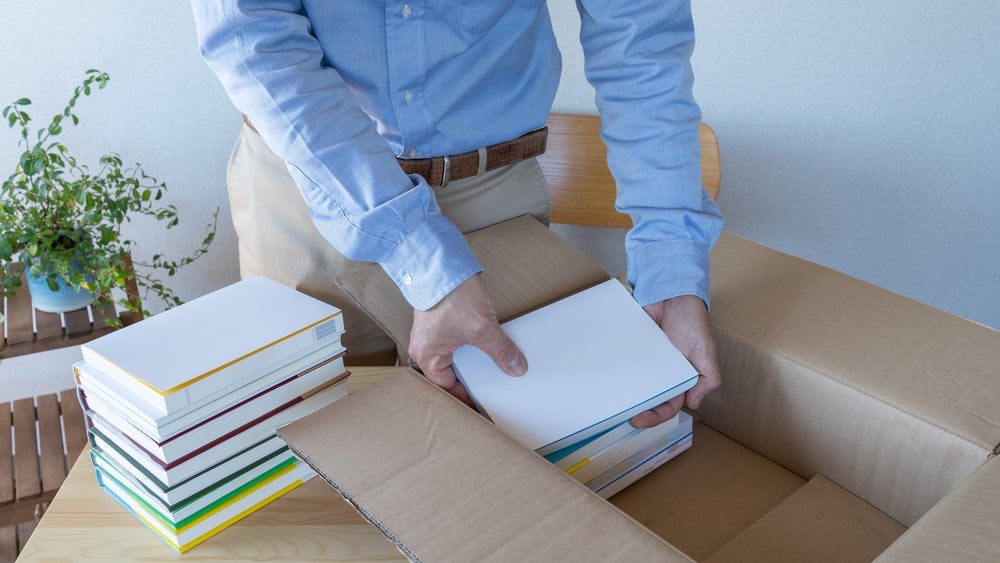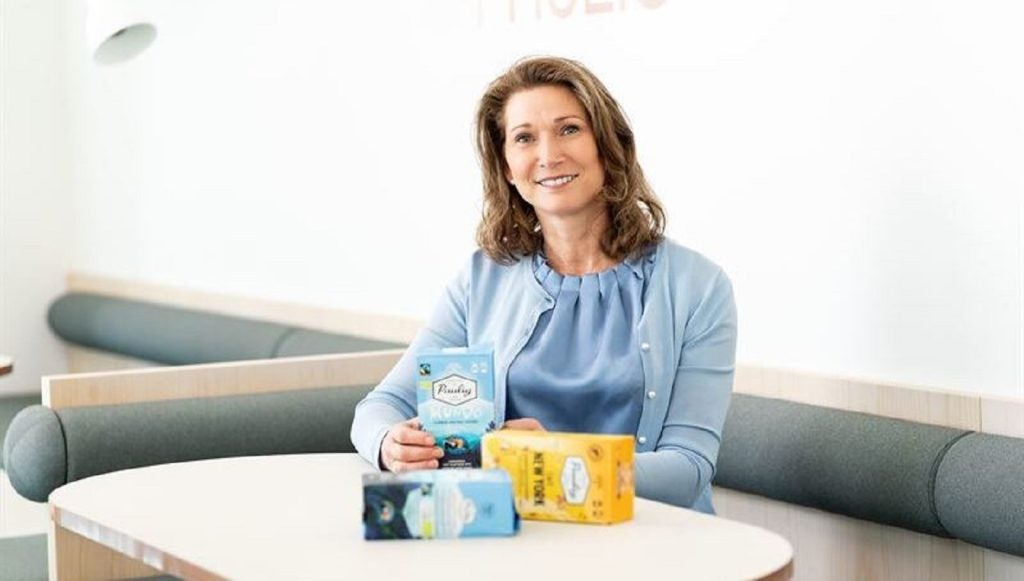As the world attempts to reduce food waste and put in place more sustainable practices, how brands adapt their approach to packaging will play a vital – and often overlooked – role in helping to achieve this.
Design director of product innovation at Landor & Fitch, Jack Holloway reveals the challenges businesses face and the innovative methods being implemented to reduce food wastage.
How well do you really know your competitors?
Access the most comprehensive Company Profiles on the market, powered by GlobalData. Save hours of research. Gain competitive edge.

Thank you!
Your download email will arrive shortly
Not ready to buy yet? Download a free sample
We are confident about the unique quality of our Company Profiles. However, we want you to make the most beneficial decision for your business, so we offer a free sample that you can download by submitting the below form
By GlobalDataPackaging extends food shelf-life and prevents spoilage, but also has a significant environmental impact with plastic packaging accounting for nearly 70% of the total plastic waste in the UK every year.
The massive shift to eCommerce during the pandemic and subsequent lockdowns has caused a surge in packaging usage, with food and drink often sent in multiple, individually wrapped packages to ensure it is kept fresh during delivery.
See Also:
Despite this, companies face the paradox of consumers expecting brands to minimise the environmental impact of packaging and food waste – and sustainable alternatives such as compostable and biodegradable forms are becoming popular. But even these have limitations brands need to be aware of.
Harder than it looks
It may seem an obvious fix for FMCG brands to just reduce the amount of packaging they use, but actually putting this into practice is far more complicated. There are lots of different decisions to be made throughout the supply chain that can turn packaging into a time-consuming process. From production lines to design, it can take years for a brand to finalise a sustainable packaging strategy, which can then make progress seem slower than it actually is.
Added to this are the financial and time costs of revamping a packaging strategy from top-to-bottom. Massive investment is needed. While larger food and drink brands may have the capacity to do this, smaller players will struggle, particularly after many suffered significant economic hits from the pandemic.
Thinking outside the box
To help combat food waste through packaging, several new methods and materials have emerged, designed to improve sustainability while standing out to consumers:
- Compostable and biodegradable
Out of all the forms of sustainable and innovative packaging, compostable and biodegradable packaging seems the most likely to be the sustainable future choice. It mimics positive properties of plastics – malleable, formable, waterproof, leakproof and lightweight, and yet is manufactured from completely renewable sources and materials.
For brands, compostable packaging can ensure waste is minimised while benefiting commercial aspects of the business by enhancing ‘green’ credentials in the eyes of consumers and other stakeholders.
A good example is beer brand Corona Extra, which recently became the first in its industry to leverage compostable technology and processes by using barley as part of its packaging design – not just as an ingredient.
However, biodegradable packaging currently takes just as long as virgin plastic to biodegrade in landfill due to limited sorting capabilities. To make the most of compostable and biodegradable materials, the UK must upgrade its waste disposal infrastructure. UK Government legislation is on the way, with a plastic packaging tax announced last year, but it needs to go further in order to ensure these forms of packaging have the desired impact.
- Zero-packaging
The explosion in consumer demand for online deliveries from supermarkets, supercharged by Covid lockdowns, has opened the door to making zero-waste packaging a viable option. With less need for shelf-blocking packaging, supermarkets are engaging with ‘refill culture’: a way of stocking and selling products that do not require packaging and this encourages consumers to opt for reusable containers.
Cereal in particular is a strong example of this, with food retailers such as Asda and Marks & Spencer already implementing cereal refill stations. Cereal packaging is generally quite large in size, with roughly 2.7bn boxes shipped and sold each year. By taking a refill approach, supermarkets are able to significantly reduce packaging waste and save space, while appealing to environmentally conscious shoppers.
- Ecommerce packaging
Many food and drink brands, such as letterbox wine brand Garcon Wines, have found ways to adapt their packaging to meet the surge in eCommerce demand, whilst also preventing waste by using clever innovations. By designing its wine bottles as flat, Garcon Wines can not only deliver wine through the letterbox, but has improved the efficiency of its packaging by taking up less space, which in turn reduces the brand’s carbon footprint through increased efficiencies in shipping logistics. The approach fits with the brand’s clear vision to deliver convenient and personalised products, while also enhancing sustainability.
- Real-time digital labels
Labelling is a fundamental aspect of packaging, and new technological innovations such as real-time digital labels can help in the fight to reduce food waste. These allow for real-time monitoring of food quality and alert consumers to spoiled food through digital sensors embedded in the labelling. Technology firms such as Innoscentia are leading the charge in trying to maximise the shelf life of food and, while still in the prototype stage, real-time digital label usage could become widespread due to its practicality.
Brighter future
Consumers now expect the organisations and brands they buy from and work with to operate sustainably, and it is no different when it comes to FMCG products – including packaging and food waste. While there isn’t a ‘silver bullet’ to finding the balance between preventing food waste and minimising packaging waste, companies can and should tap into the power of ‘brand’ to seek an approach that helps reduce waste while also standing out in their own unique way. The future of packaging looks to be an exciting and dynamic time, and businesses which embrace a brand-led approach to innovation and sustainability will ultimately be the ones to thrive.
Jack Holloway, design director, product innovation at Landor & Fitch has more than 10 years of industry experience designing products, packaging and environments for some of the world’s biggest brands. He is particularly passionate about sustainability and champions innovative practices that help brands deliver and exceed their sustainability promises.











Related Company Profiles
Marks and Spencer Group plc